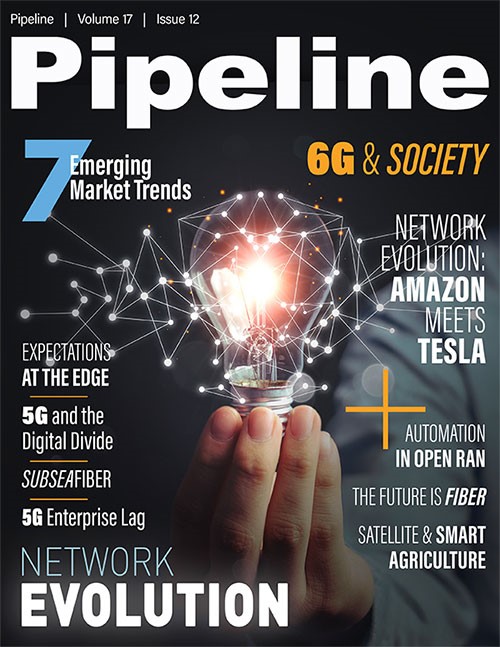Network evolution? Think Amazon meets Tesla!
We’re seeing the same thing in technology to support networking evolution. The move to open and multi-vendor systems has changed the networking game. We now see a division of functional building blocks, such as separating terminals from line systems in optical transmission systems or separating hardware from software. We call this disaggregating network elements, and it enables faster development of hardware and the utilization of a global software community, including open source. Users can select best-of-breed technology at each layer. This open model is spurring innovation everywhere. Here are some examples we’re seeing:
Open line systems. Operators can build optical transport solutions where the line system remains largely independent from the terminals. This is critical as the endpoints evolve much faster than the line systems, which may not change for years.
Pluggable optical modules optimized for short-range or mid-range systems. The advent of coherent pluggable optical modules (also known as transceivers) such as 400ZR can simplify applications such as data center interconnect and metro access. They can plug into switches, routers, and optical shelves, eliminating the need for external optical terminal equipment.
Disaggregated switching. The Telecom Infra Project (TIP) has defined the disaggregated cell site gateway (DCSG) application. It includes a network operating system from one supplier that runs on a standard switch from another supplier. Operators can pick best-of-breed software and hardware to meet their needs.
Post-quantum encryption. Quantum computers are rapidly evolving. They can’t yet break today’s encryption, but experts predict they will be able to do so soon. It’s essential that sensitive data be protected today to prevent a cryptographic assault tomorrow. This is why communications systems are already deploying cryptographic protocols that should withstand quantum attacks.
Network functions virtualization (NFV) and universal CPE (uCPE). These technologies implement a similar model to disaggregated switching. But in this case, the hosting hardware is a standard server (not switch). The NFV or uCPE model delivers the benefits of the cloud to the telecom world.
Open RAN. The move to 5G cellular is about much more than towers, radio technology and handsets. It’s a complete overhaul of how radio access networks are built and used. An essential part is open, disaggregated, and software-centric approaches. This is where Open RAN comes in. It defines an architecture built on an ecosystem of suppliers using standard interfaces. Its software is cloud-native and it runs wherever required by latency, scale, security, or other requirements.
Cost and efficiency matter
I’m old enough to remember when air travel was very expensive. True, people were polite and well-dressed, and the airline fed you. But it was too expensive for most people. We complain about today’s flights, but they really are a miracle. Our air transport system is incredibly large and complex, and it delivers safe end economical travel. Likewise, Amazon can deliver an amazing variety of goods, often overnight,



















